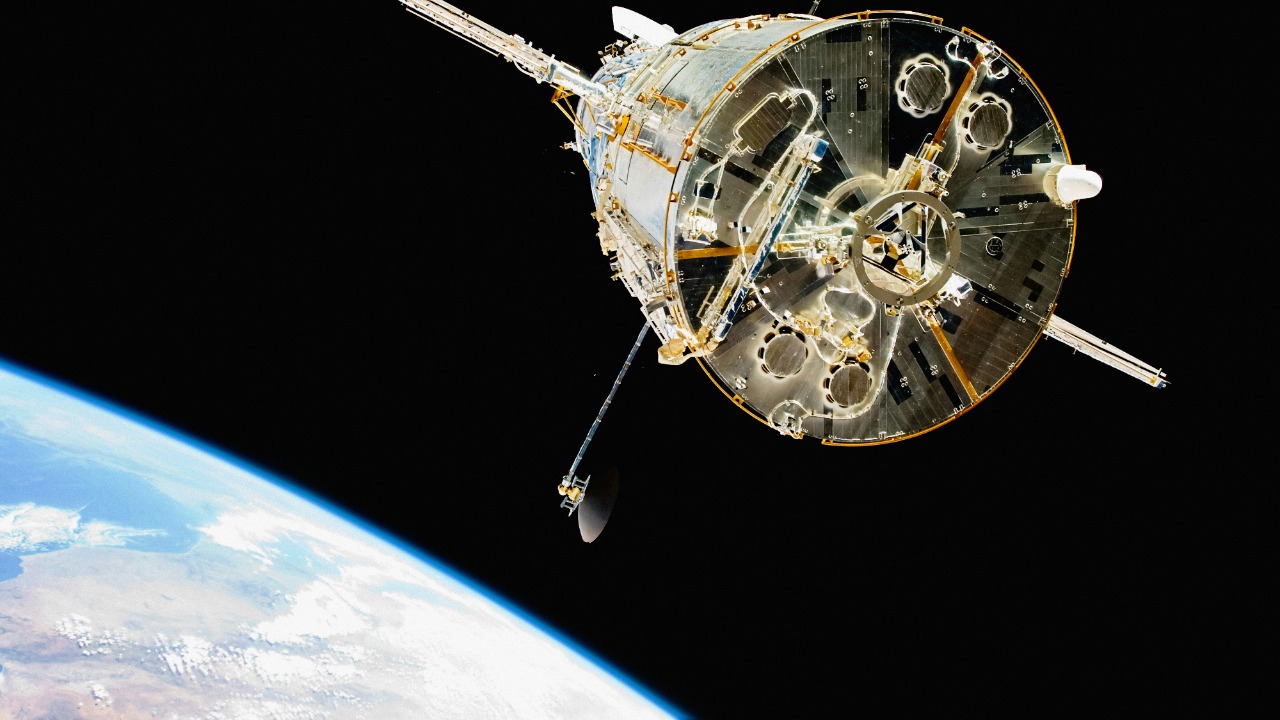
A recent breakthrough in satellite communications could potentially pave the way for the development of ‘quantum energy’. This innovation, which integrates quantum principles, enhances signal integrity and reduces interference. It also supports the efficient transfer of quantum information, a critical aspect of quantum energy systems. Furthermore, recent advancements in quantum light beaming, quantum batteries, and quantum spin currents in graphene are contributing to this exciting field of research.
The Satellite Communications Breakthrough
The core innovation in this breakthrough lies in the integration of quantum principles into satellite communications. This integration enhances signal integrity and reduces interference, which are critical for the efficient transfer of quantum information. The breakthrough, announced on November 11, 2025, directly supports the development of ‘quantum energy’ systems by improving long-distance quantum data transmission. This is achieved through specific technical mechanisms, such as the preservation of entanglement during satellite uplink, making it feasible for global networks [source].
Quantum Light Beaming to Space
Another significant achievement in this field is the successful transmission of quantum light to orbital satellites without decoherence. This was thought to be impossible due to atmospheric and distance challenges. However, the experimental setup, reported on November 9, 2025, demonstrated that quantum light could indeed be beamed up to space. This opens up the possibility of integrating this technology with existing satellite infrastructure to enable secure quantum key distribution over vast distances [source].
Advances in Quantum Batteries
Japanese scientists unveiled a quantum battery on October 24, 2025, that defies energy loss. The design of this battery allows it to store and release energy without typical losses, thanks to quantum coherence mechanisms. This breakthrough could have significant applications in powering quantum devices, such as those used in satellite communications, for sustained operation in remote environments [source].
Graphene’s Role in Quantum Spintronics
Research from June 24, 2025, revealed that quantum spin currents could be generated in graphene layers without the need for external magnetic fields. This paves the way for the development of ultra-thin spintronics devices by leveraging the intrinsic properties of the material. These spin currents could enhance energy efficiency in quantum systems, contributing to the broader goals of ‘quantum energy’ [source].
Linking Breakthroughs to Quantum Energy
The advancements in satellite communications, quantum light beaming techniques, quantum batteries, and graphene spintronics are all interconnected and form the foundation for energy-harvesting quantum networks. The quantum battery’s lossless storage is a key enabler for maintaining quantum states in energy applications. Meanwhile, the ultra-thin components made possible by graphene spintronics could minimize energy dissipation in integrated quantum systems, further contributing to the development of ‘quantum energy’.
Challenges in Implementation
Despite these exciting advancements, there are still challenges to overcome. For instance, the quantum light beaming experiments had to address atmospheric interference issues. Additionally, there are scalability hurdles for quantum batteries, including maintaining coherence in real-world satellite deployments. Material limitations in graphene spin currents, such as purity requirements, also need to be considered. However, the progress made so far is promising, and these challenges are likely to be addressed as research in this field continues to advance.
More from MorningOverview